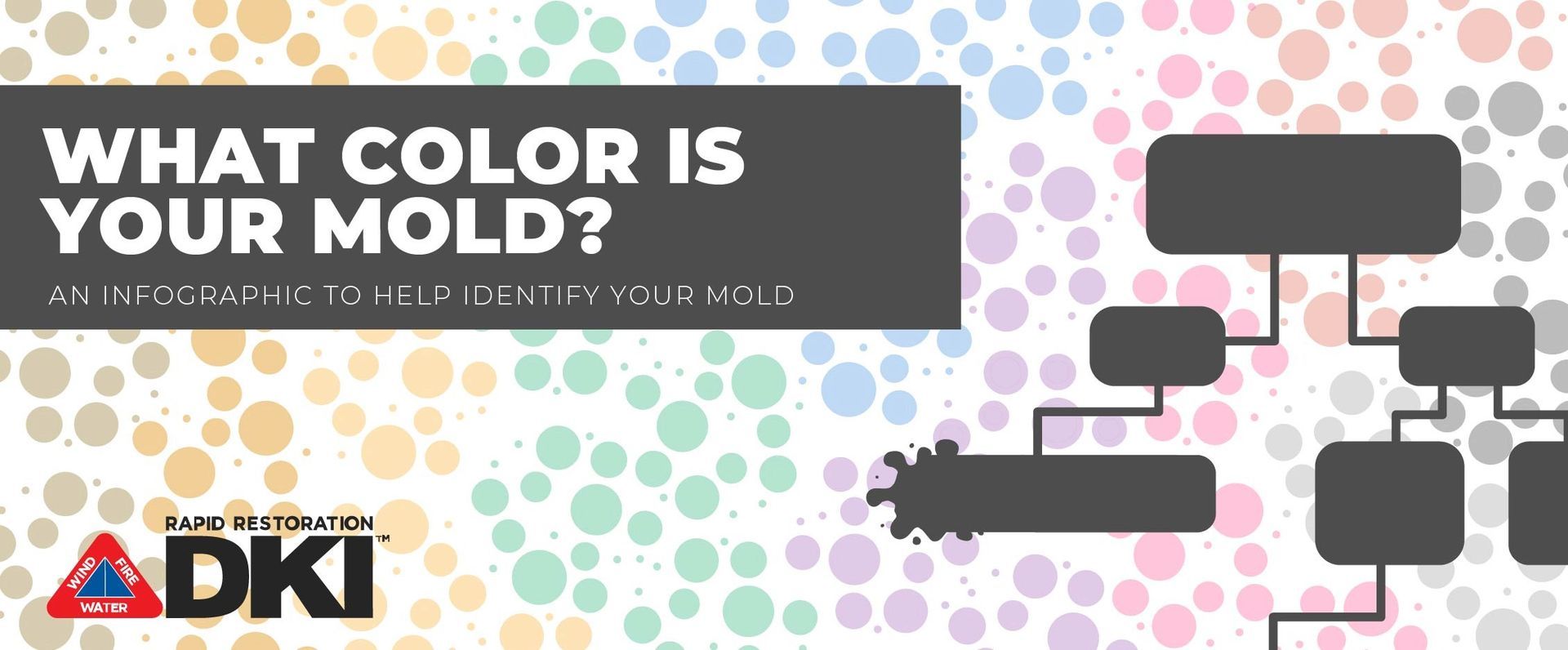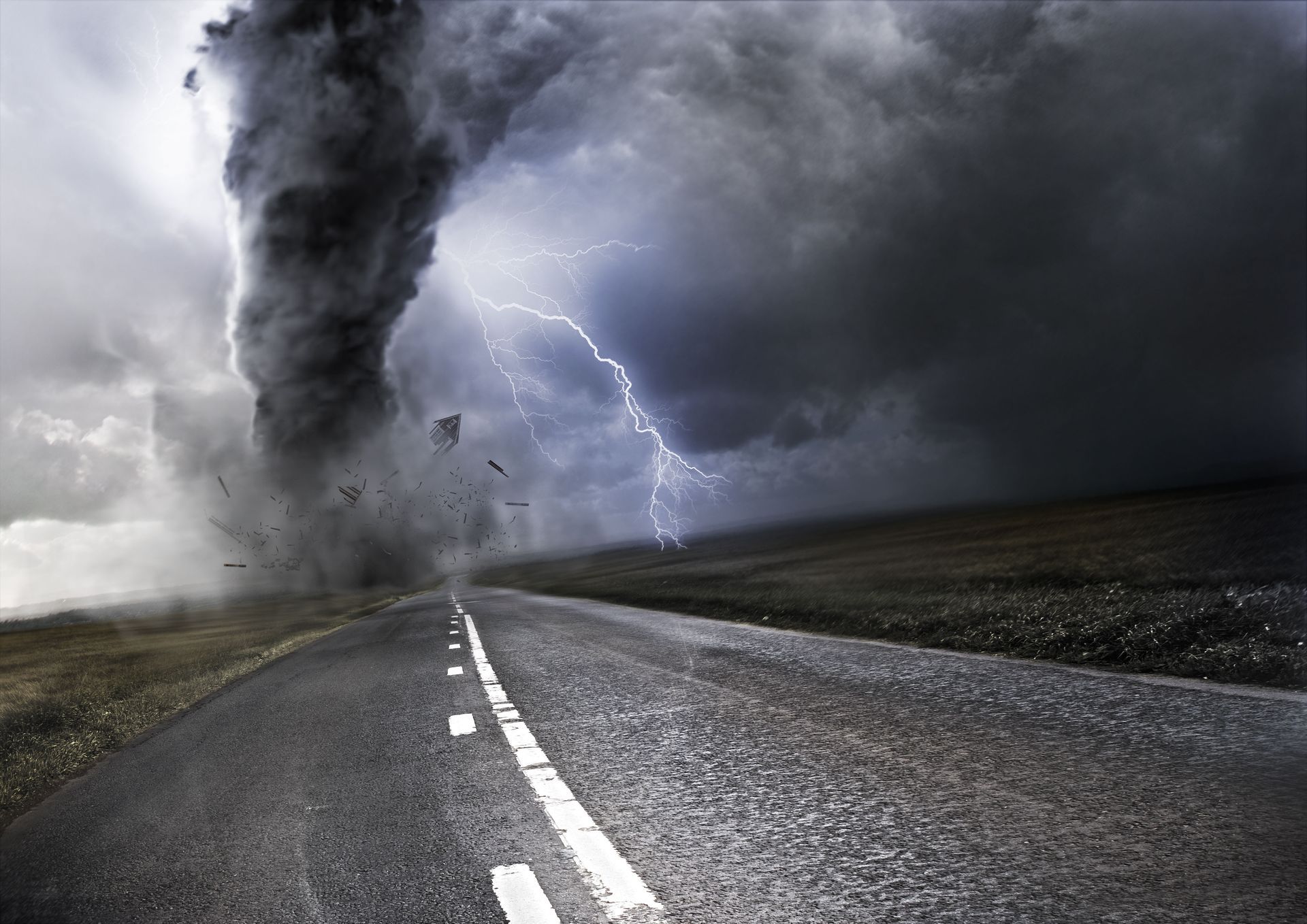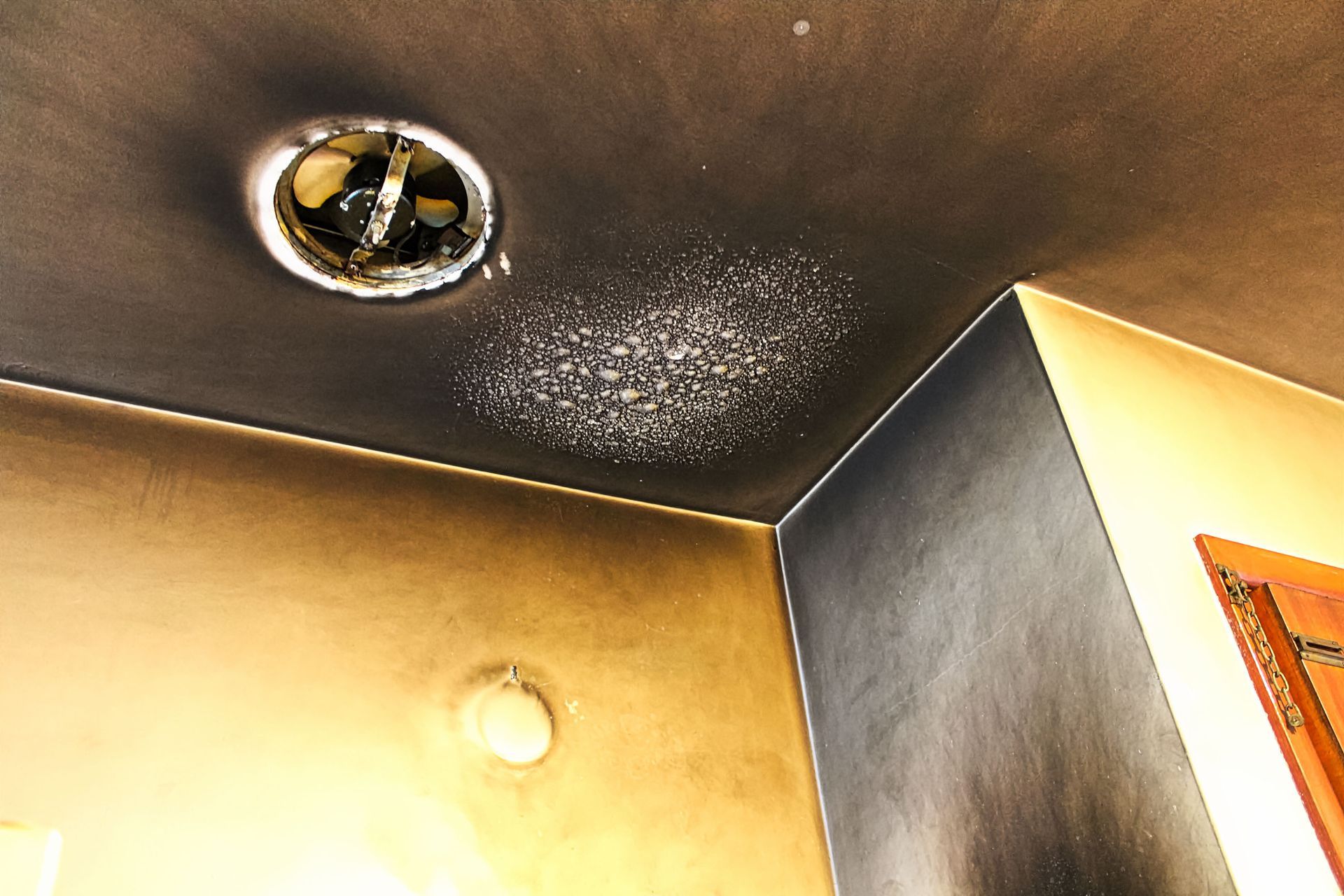August 7, 2025
We’ve heard the question many times, “How can I know which type of mold is growing in my house?” Often, we’ll ask a few questions to help the individual identify which type of mold they have. We’ve found that one of the biggest indicators is the color. See, mold comes in a variety of colors and only a few types of mold can be found in the same color. As you read through this post, you’ll be able to identify the types of mold that normally go into your mold color’s category.
What Color is Your Mold?
Take a good look at the mold growing in your house. Be cautious, and don’t touch it without wearing gloves and a face mask. You can use a toothpick or disposable plastic knife to scratch at the mold’s surface to see if the mold has any multi-color layers.
As we discuss the different types of molds associated with the various colors, you’ll need to know the three categories of mold:
Allergenic: causes and produces allergies, which can lead to allergic reactions and asthma-like symptoms.
Pathogenic: leads to infections in humans and comes from fungus that grows in or on human tissue.
Toxigenic: causes infections, neurological impairment, and deathly health conditions.
To identify the types of mold associated with your mold’s color, click on a color category below. You’ll then be able to learn how dangerous your mold is.
Skip to Mold Recognition Chart
The Mold Color Categories
1. Black
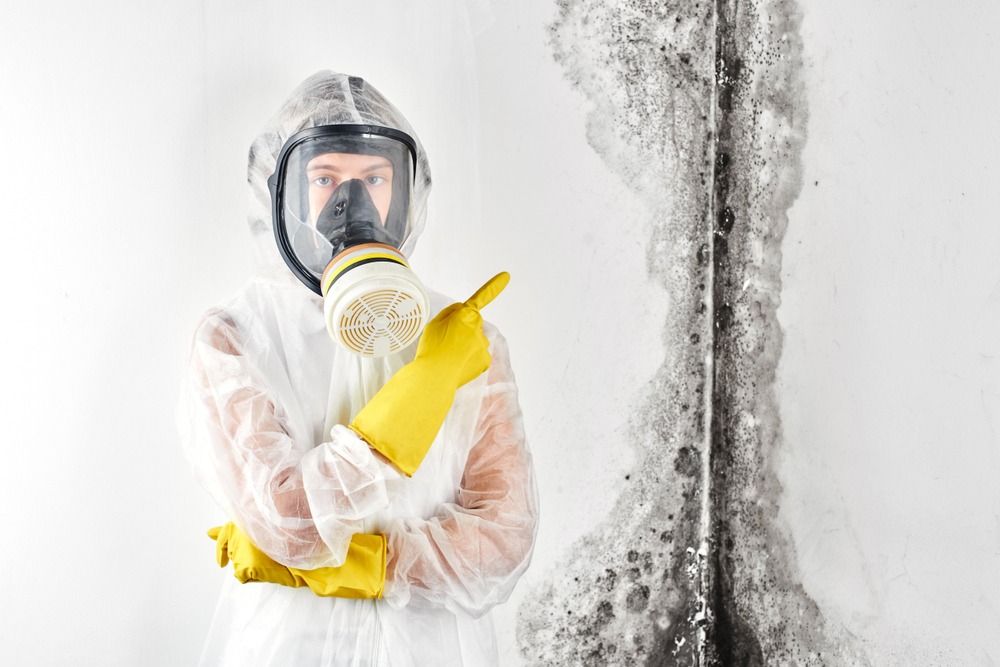
You’ve probably heard of the infamous and deathly “Black Mold”, and you probably assume that all black-colored mold is super dangerous. Yet, not all black-colored mold is THE “Black Mold”. In fact, there are three types of mold that you may find that are black in color:
Aureobasidium: This type of mold is an allergenic mold that can lead to eye, skin, or nail infections after touching it. It can also be found in two other colors: pink and brown.
Ulocladium: This is a pathogenic mold that can lead to hay fever, difficulty breathing, and skin infections.
Stachybotrys OR Black Mold: This is a toxigenic mold and is usually slimy in texture. It can lead to persistent coughing and even neurological issues for children. It can also be found in one other color: dark green.
Because Stachybotrys is a high risk mold type and even Ulocladium can be as well, it’s better to err on the side of caution. Use a professional mold removal service instead of attempting to clean up the mold yourself.
2. Green
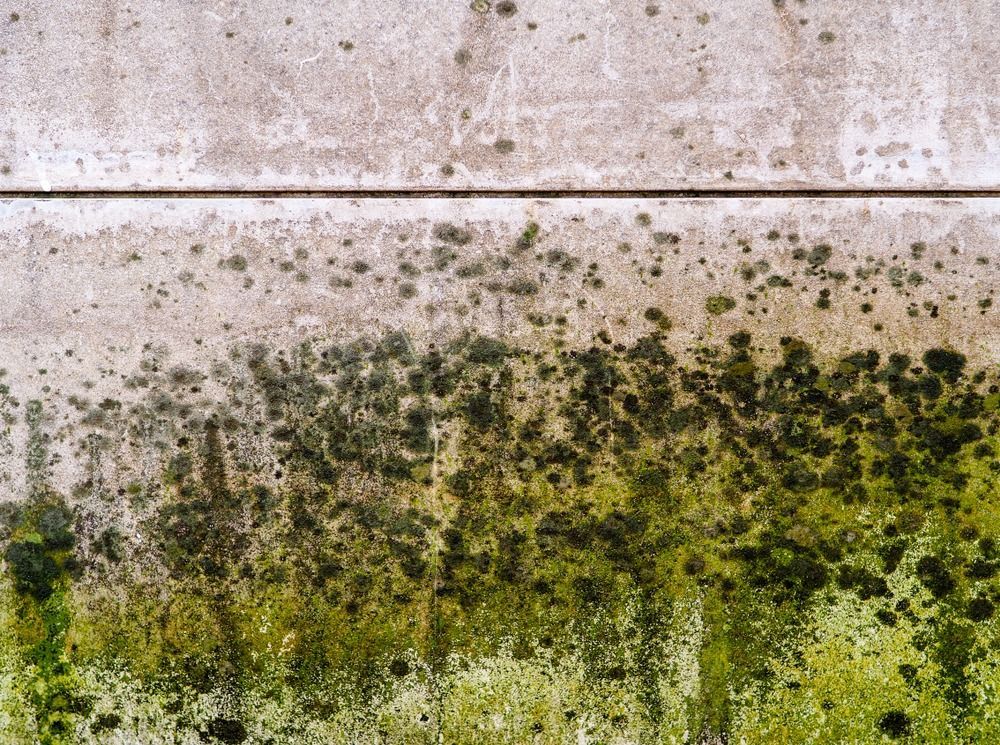
Green is a very popular color when it comes to mold. However, it’s very important to pay attention to the various shades of green. Within the category of green, there are four subcategory colors:
- Dark Green
- Olive Green
- Green
- Green with White Specs
So what do these different shades of green mean?
Dark Green
For this variant of green, you’re going to most likely come across two different types of mold.
Alternaria: This mold type has a velvety texture and is considered to be an allergenic mold that can lead to asthma-like symptoms. It can also be found in one other color: brown.
Stachybotrys OR Black Mold: As mentioned above, Black Mold is a very dangerous mold. It can be life-threatening, especially if your immune system is compromised.
The biggest visual difference between Alternaria and Black Mold is texture. Alternaria is velvety and Black Mold is slimy. If you feel confident that your mold is Alternaria, you should be able to take care of it with mold cleaner. If you are unsure or are positive that your mold is indeed Black Mold, leave the cleanup to the professionals.
Olive Green
If your mold is olive green in color, then there is one type of mold associated with it:
Cladosporium: This is an allergenic mold that can irritate your skin and lungs. It can also be found in one other color: brown.
Although Cladosporium may be easily cleaned with a bleach solution, some people may find it hard to determine whether or not their mold is truly dark green (a sign of Black Mold) or olive green. If you’re unsure of the exact color of your mold, please seek mold remediation services.
Green
If your mold is just plain green in color, then it will most likely be
Penicillin: This allergenic mold has a velvety texture and can be particularly harmful to individuals with immune disorders. It also comes in one other color: blue.
If you have asthma, an immune disorder, and an allergy to penicillin, you should not handle the cleanup of the mold on your own.
Green with White Specs
Does your green mold have any white specs in it? If so, that’s a clear indicator that it is
Trichoderma: This type is primarily an allergenic mold, but it can also be a pathogenic mold in certain situations. At its pathogenic level, it can lead to liver infections. Because of that risk, it would be best to let a mold cleanup professional take care of it.
3. Brown
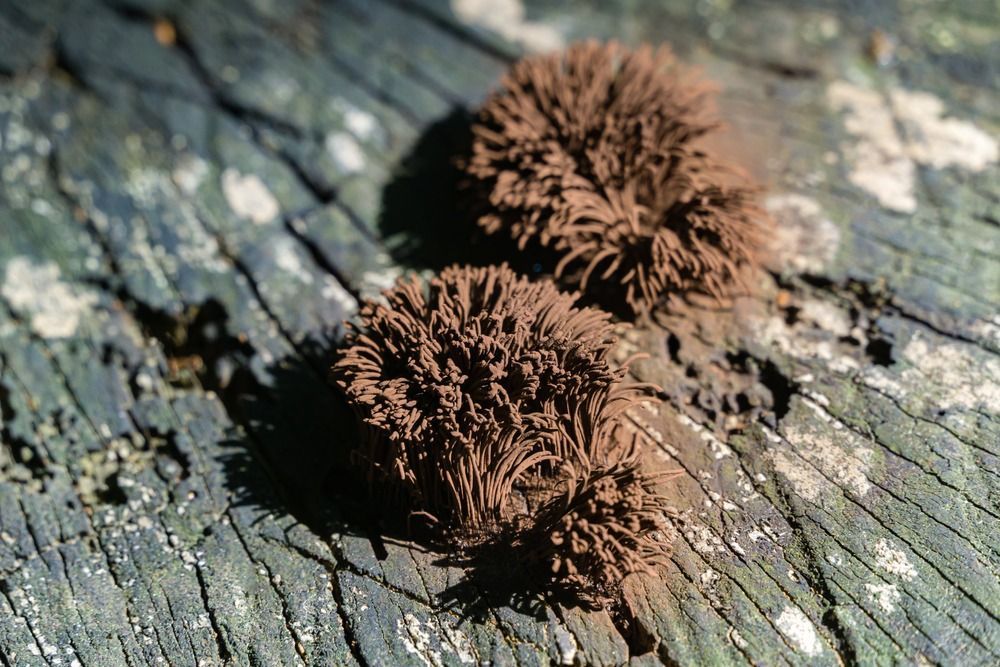
Although brown may seem like a scary color, it’s typically a sign of three different allergenic mold types that we’ve already discussed above:
Aureobasidium: Touching this mold can lead to infections, so always make sure you’re wearing gloves when removing brown mold. It is also found in black and pink colors.
Alternaria: This mold can cause asthma-like symptoms, so be careful to not breathe it in. Wear a face mask with air filters when removing brown mold. Alternaria can also be found in dark green.
Cladosporium: Coming into contact with this mold can cause irritation and even lead to rashes or lesions. To stay safe, always wear long sleeves and full-length pants when cleaning up after brown mold.
If you’ve observed the mold over time and have seen it change from white to gray and then brown, then it’s definitely not allergenic. It’s most likely
Chaetomium: This pathogenic mold is common in water-damaged homes and can lead to nail or skin infections.
4. Pink
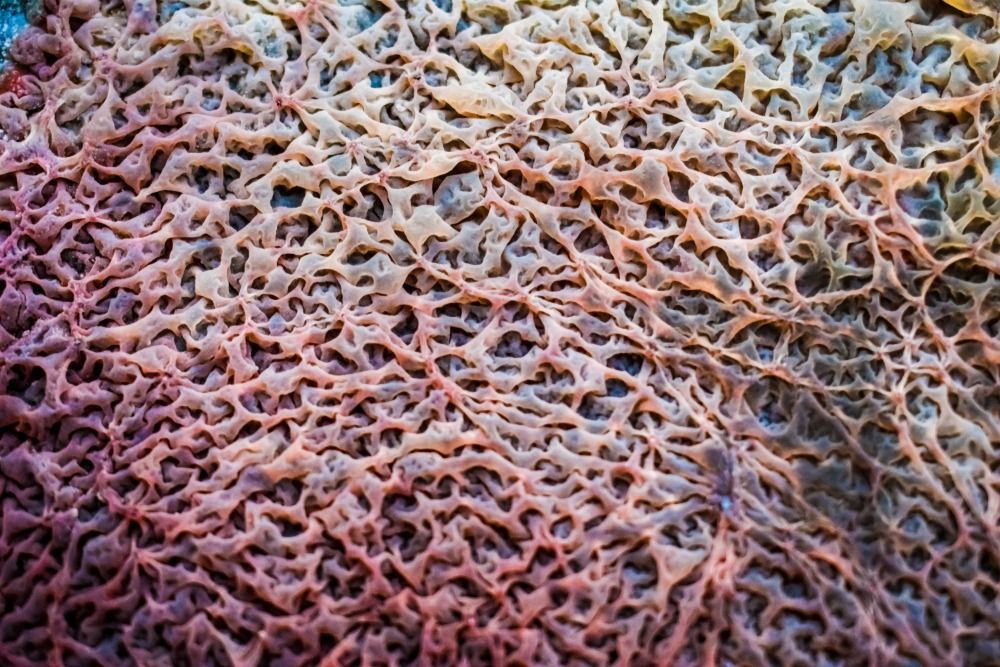
Pink may seem like a pretty color, but don’t let the color fool you. Pink mold is nothing to ooh and ahh about. There are three types of mold associated with this color:
Aureobasidium: This allergenic mold type can also be found in black or brown, which we’ve discussed above. Just be weary of not letting the mold come into contact with your eyes, skins, or nails.
Acremonium: This toxigenic mold is what makes the idea of pink mold scary. It has been known to cause bone marrow diseases, severely compromised immune systems, and brain function impairment. This type of mold can also be found in white, gray, and orange
Fusarium: This type of mold can be either an allergenic or a toxigenic mold. At its toxigenic level, it can lead to bone infections and brain abscess. Fusarium can also be found in red and white. Due to that risk, it should always be treated as such and treated professionally.
Toxigenic molds should be left to the professionals to take care of as they have equipment and training that won’t exasperate any health risks. Although pink mold isn’t always a toxigenic mold, it should be treated as such just in case.
5. Red
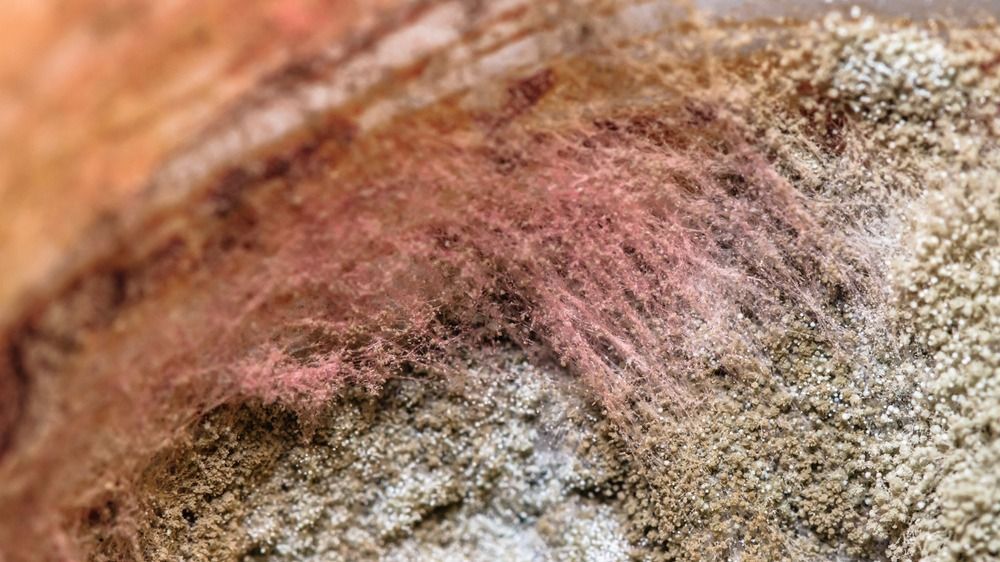
You may already see the color red and think that it’s a huge warning sign. When it comes to mold, you’re absolutely right. Red mold is typically
Fusarium: As mentioned in the last section, this type of mold is incredibly dangerous and can be harmful to your bones and brain if it has been allowed to fester from its allergenic stage to a toxigenic stage. You may not be able to tell whether or not it is toxigenic, and so make sure to get it professionally treated.
6. White
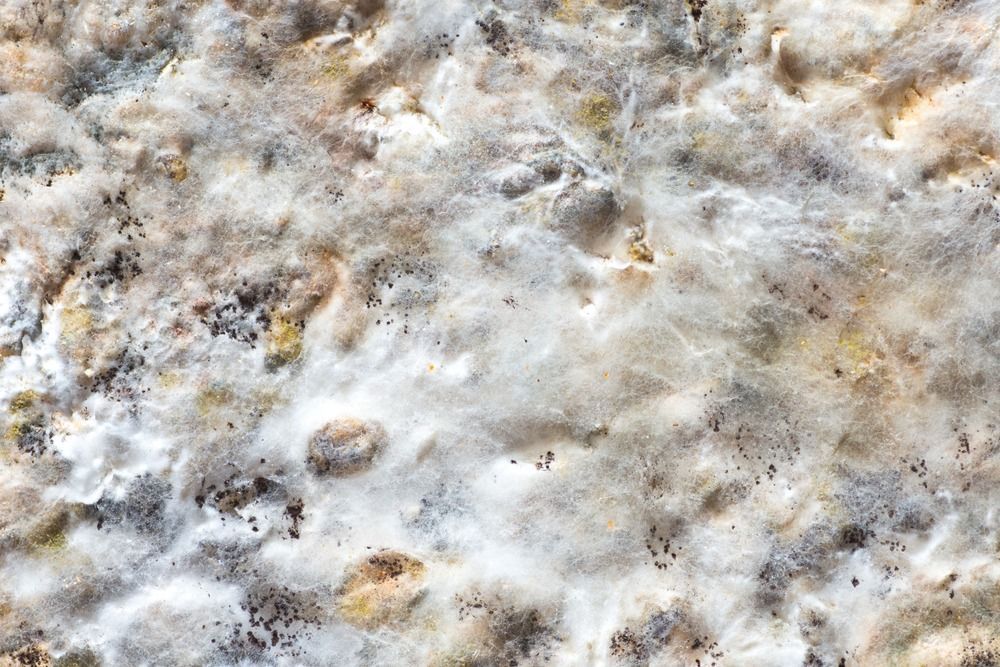
There are three main different types of white mold:
Fusarium: This mold can either be found as an allergenic or a toxigenic. As discussed above, exposure can lead to life-threatening conditions. It can also be found in pink and red colors.
Acremonium: Like Fusarium, this toxigenic mold type can be destructive for your bones and brain health. You’re also likely to find it in pink, orange, and gray.
Mucor: This is an allergenic mold, and you’re most likely to find it around your HVAC system or related parts. Because it latches onto your air ventilation system, it is very likely that you’ll breathe in this mold. Thus, exposure can lead to respiratory issues. Mucor can also be found in a gray form.
Some white mold may also eventually change into a gray-ish color. This type is called Chaetomium, a pathogenic mold. It will go from white to gray to brown. Due to the high chance of white mold being either pathogenic or toxigenic, it would be best for you to let a mold removal specialist take care of your white mold issue.
7. Gray
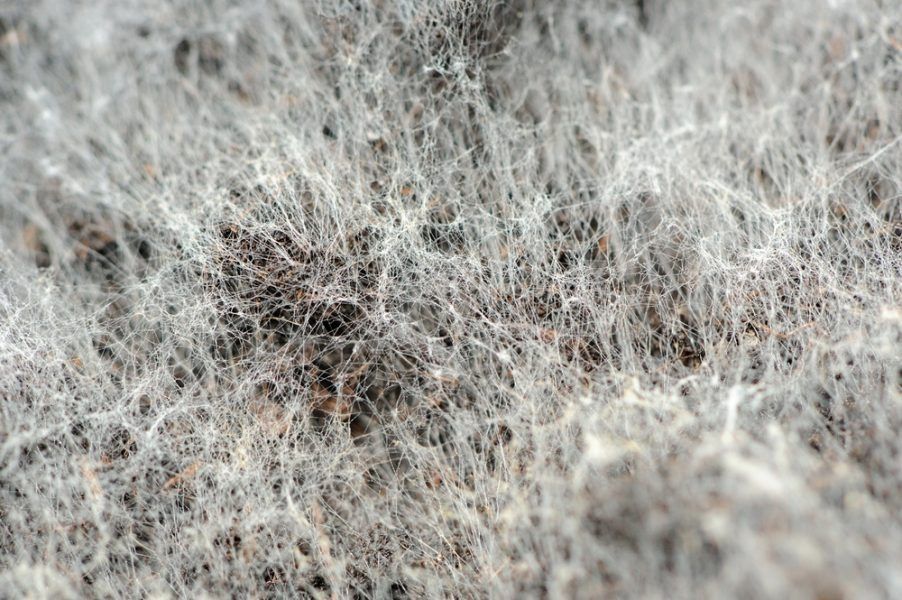
Gray mold can be found in all three mold categories: allergenic, pathogenic, and toxigenic.
Mucor: As discussed in the last section, this allergenic mold can lead to respiratory issues if breathed in. It’s also found in white.
Chaetomium: If your mold was once white and has become gray, you have this type of mold. It’s a pathogenic mold that can lead to infections. If not taken care of, it can turn brown.
Acremonium: This toxigenic mold is very destructive, negatively impacting bone and brain health. It can be found in pink, white, and orange colors.
Due to the high chance of gray mold being pathogenic or toxigenic, it’s best to seek professional services when looking into mold removal options.
8. Blue
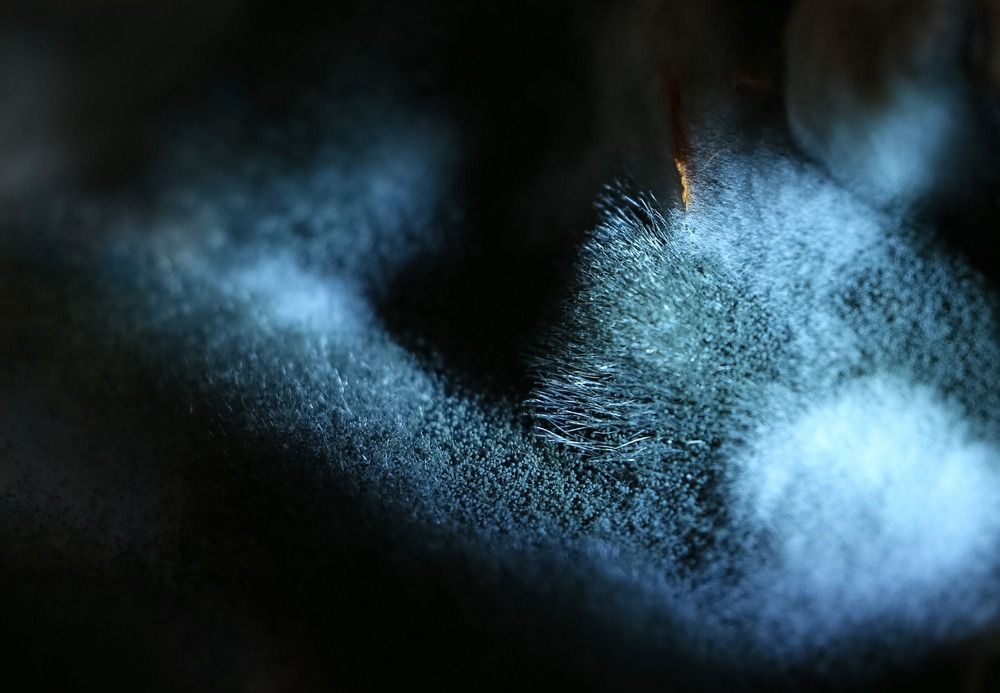
There is only one blue mold, and so it’s easy to identify this type of mold as
Penicillin: This allergenic mold has its pros and cons. At its medicinal level, it’s extremely valuable. However, penicillin growing on your carpet is not going to help your health. In fact, it can cause pulmonary inflammation and asthma. This type of mold can also be found in the color green.
9. Orange
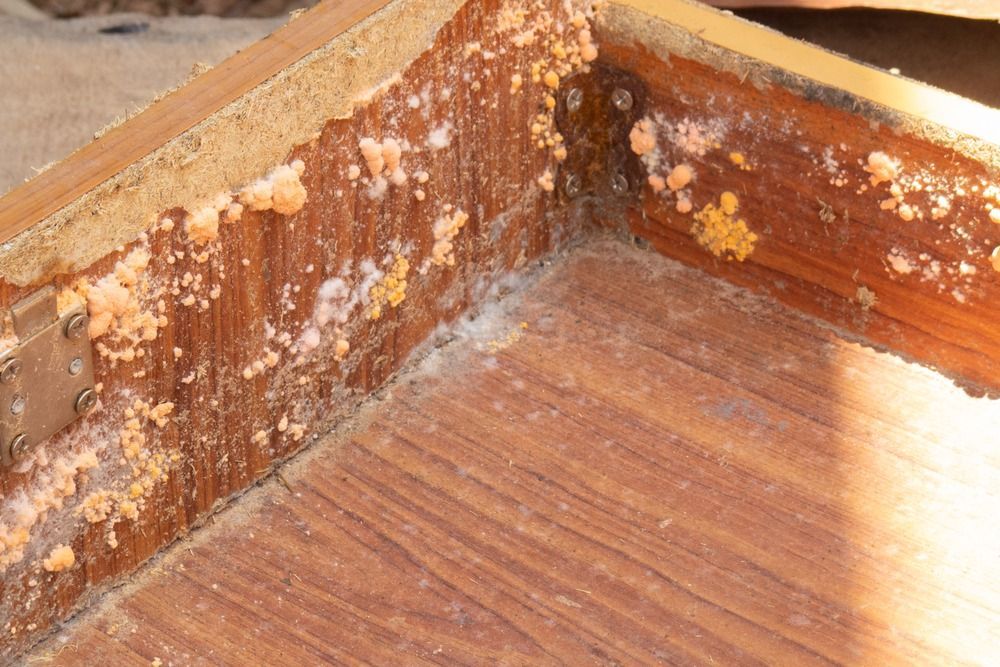
If you see orange mold, be extremely cautious. Orange mold is typically
Acremonium: We’ve discussed this mold type above when discussing gray, white, and pink molds. It’s a toxigenic mold that can seriously hinder your bone and brain health. If you see orange mold, get a professional to do the cleanup.
Check Out Our Mold Color Chart!
To make identifying your mold type easier, we’ve created this chart!

Need Rapid Restoration?
Knowing the color of your mold is extremely important when it comes to identifying what type of mold is growing in your home. If your mold is pathogenic or toxigenic, don’t risk cleaning it up yourself. If it’s allergenic and you have an immune disorder, respiratory issues, or serious allergies, please let a professional do the work for you. Our mold remediation and removal team will help clean up the mold and help resolve the issue that caused it in the first place.
